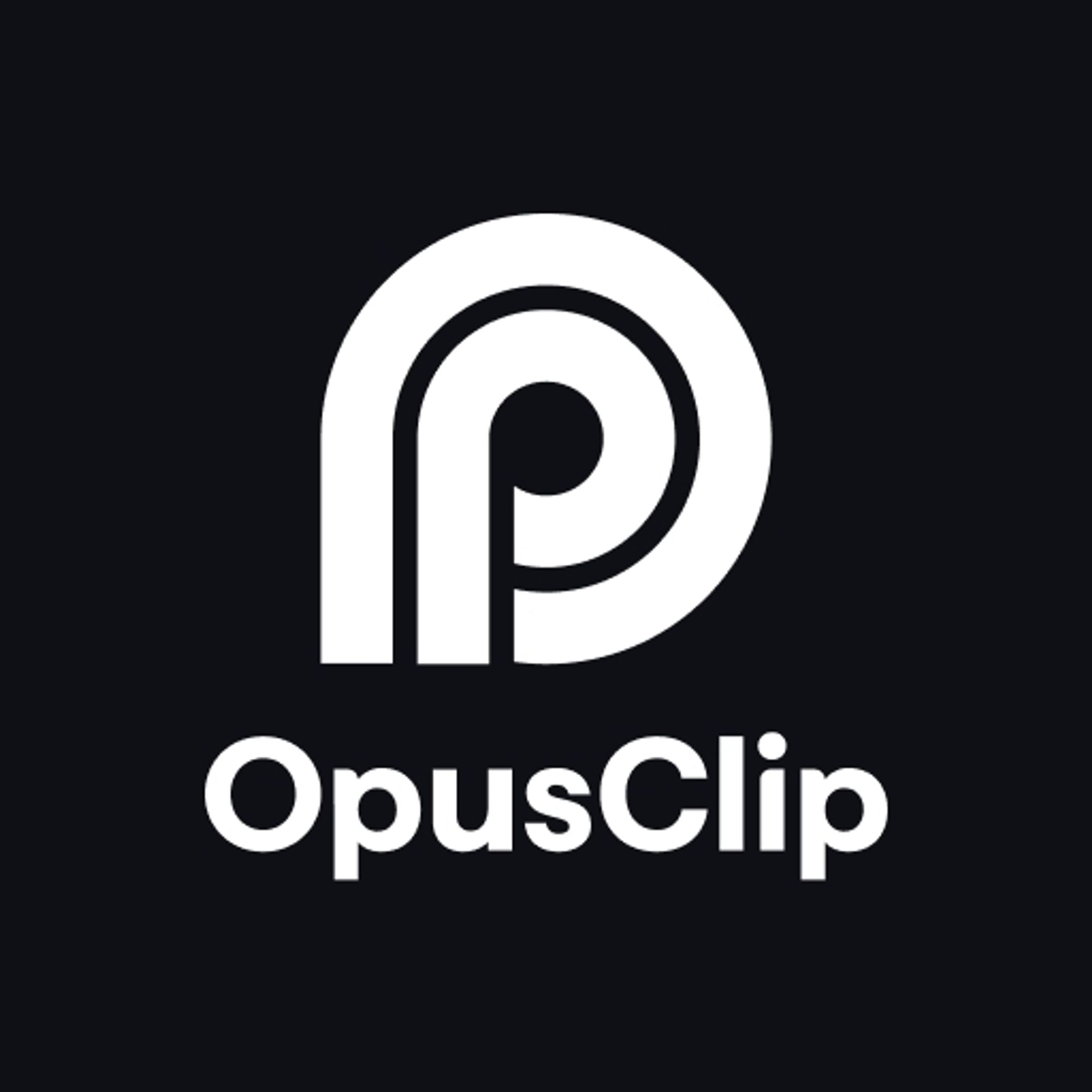Use what’s already freely available to help you create quality learning experiences
We’ve all heard of the old saying ‘don’t reinvent the wheel’, yet many educators and course designers still put themselves under the pressure of tackling their curriculum design stage with a completely blank page, when they could be tapping into an abundance of freely available resources to inform and enhance their own unique training design.

This article is about how to make the most of what’s already been done for us and is readily available in the accredited training frameworks to support high quality curriculum design.
Many organisations think that accredited training is the only way. It isn’t, and it’s not ALWAYS the best option for your specific needs, either. Whist accredited systems are extremely thorough and very carefully constructed by industry professionals, the curriculum can be restrictive and limited to more generic outcomes. Therefore, if you identify training needs that don’t require an accredited outcome, you can use the rigid accredited framework as a baseline to then design a unique and high quality learning experience of your own.
If there is not a requirement for your training to have an accredited outcome, you can not only massively reduce your costs but also significantly increase the learning impact and organisational outcomes by utilising the pre-made packages of publicly listed accredited training outlines.
These packages provide highly detailed delivery and assessment criteria, performance criteria, learning outcomes, employability skills, required evidence for assessment, required skills, required knowledge, details regarding variables in delivery and assessment and much more.
Here are some screen shots of a unit of competency on communication skills:
As you can see, these guidelines are extremely comprehensive and having been formulated by industry skills councils, industry organisations and numerous educational stakeholders and approved by the regulatory bodies; you can be confident that the basic standard industry practices have been included. Instead of starting from scratch, you can access these guidelines and use them as your starting benchmark, source of inspiration or template, to design and develop your own tailored, contextualised and specialised non-accredited training; saving the overwhelm of starting with nothing, and providing you with the certainty that your program meets the national average expectations.
You can use them as a guide for developing your own internal (non-accredited) training programs or defining what you would like a training developer to create for you – but with the freedom to completely adapt, change, add to and alter the learning outcomes and performance criteria to meet your own organisational preferences. You would not be able to do this under an accredited delivery, but when the training is non-accredited, you are not limited to or restricted by the many compliance requirements that must be adhered to under the accredited system.
It also means that a huge part of the work has been done for you, saving you, your training development team or training development consultants a huge amount of work (and therefore expense) as you can clearly define what you want by using the publicly listed curricula as your starting ‘template’.
You must note however, that you may not under any circumstance state or insinuate that the training you have designed – however closely it matches the accredited framework – is/or will provide the learners with an accredited outcome unless you are a legally registered RTO with that training approved on your scope by the regulatory body. Claiming to deliver accredited training outside of being an approved RTO (or legal partner of one) is against regulation and considered fraudulent and will definitely wind you up in big legal trouble.
So where can you get your hands on this awesome stuff? It depends on the country you are in, but in Australia we have a training register known in the Aussie training industry as the ‘TGA website’: www.training.gov.au. This site lists all Australian Registered Training Organisations, all outlines of Nationally Recognised Training (NRT) and which RTOs are approved to deliver what NRT.
How To Find Training Outlines on TGA
You can use the site to search for full qualifications (which comprise of numerous ‘units of competency’), units of competency (which many may understand better by some if the term ‘module’ was used), skill sets and accredited courses.
Go to the tab ‘search for nationally recognised training’ and then, use keywords in the search function related to the topic you plan to create training in. The search will enable you to find a huge array of the many accredited training outcomes available from recognised training organisations in Australia. The really great bit is when you click on each result, it will take you into the in-depth learning outcomes, known as the ‘training package’ which includes performance criteria, elements, required skills and required knowledge—all of which can be used as an inspirational guide or template from which you can base your own adapted (non-accredited) version.
Why reinvent the wheel completely when there are so many valuable resources that were specifically made to guide the delivery and assessment of quality training that can act as your starting point for designing your own unique program?
This article is an extract from Sarah’s eBook ‘Maximising Staff Training on a Minimum Budget’, which also comes with a free online workshop recording which you can watch for free HERE.























